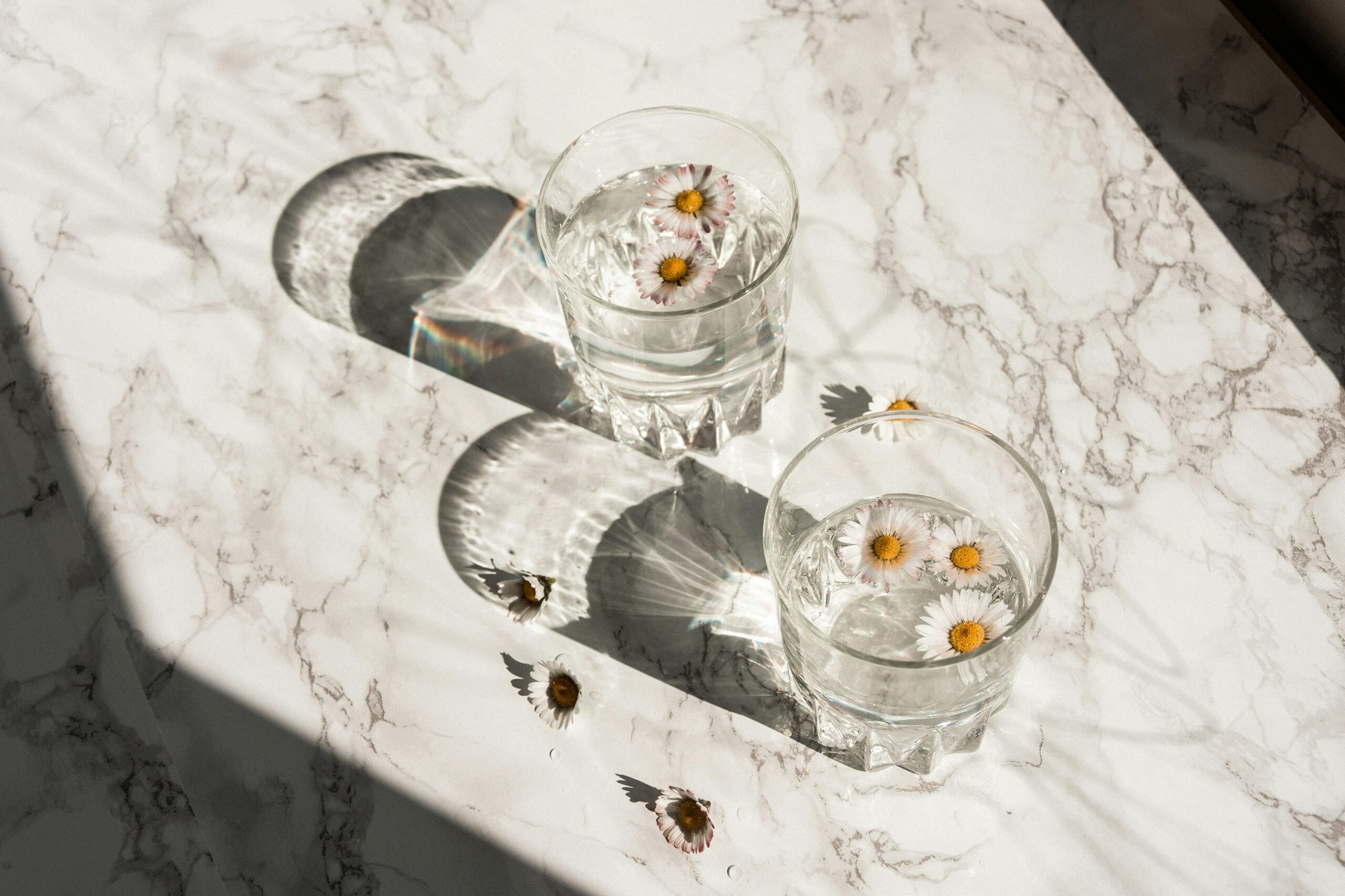Unique marble patterns are a designer’s dream.
Marble stone, no matter the colour, shade and style, brings with it a timeless elegance and versatility in applicability that no other material can match. As a designer, you will no doubt be familiar with the many ways in which this luxurious natural stone has been incorporated for many, many centuries.
The unique patterns found in marble stone form over protracted periods of time and are the result of fascinating geological formation. For those of us today, this presents us with a wide array of options for using marble in our design projects.
The Formation of Marble Patterns
Marble stone is formed through a natural process in the Earth called metamorphism. Simply put, the process refers to either limestone or dolomite being subjected to intense amounts of both heat and pressure underground. (Think temperatures ranging from 500 to 800 degrees Celsisus and pressures of 1.5 to 2.5 gigapascals!)
This process forces the carbonate minerals that exist in the stone to recrystallise. That then creates the characteristic grainy texture and patterns known throughout the world as the iconic look of marble stone.
The unique marble quality of any particular slab of stone is the result of three different factors:
- The mineral impurities that existed before and during the formation.
- The degree of pressure and heat.
- The specific geological setting of the stone’s process and the duration of the metamorphic process itself.
Types of Marble Design Patterns
It can be difficult to encapsulate all of the wide-ranging types of marble patterns. They range from the truly dramatic to the understated and subtle. Each offers its own unique visual appeal and aesthetic style. Many types of marble offer more than one style or a blend of a few pattern-types as well.
2. Cloudiness
Cloudy marble patterns are softer in aesthetic. The darker colouring manifests in wispy or diffused cloud-like designs that are more subtle and yet can be larger in appearance. Zebrano marble is a good example of a cloudy patterned stone.
3. Fossilisations
Some marble may contain visible fossil imprints. This unique marble trend offers a ton of potential for designers to incorporate a truly one-of-a-kind aesthetic and feature into a home that still incorporates a natural, appealing element.
4. Spiderwebs
Some marble stones, such as the Golden Spider variety, feature intricate veining in the form of web-like patterns. This visual depth and complexity is appealing and perfectly balances the business and subtlety you may be after.
5. Bold colours
Many marble varieties offer striking visual contrasts between dark colours and light colours. Some examples include:
Designer's Guide to Using Marble
If you are a designer looking to take advantage of tried and tested interior marble trends, here are some helpful tips to get you started.
1. Consider the room you're designing
Each room of the house comes with its own functionality, feel and requirements.
For example, the living room is a place of comfort and relaxation. You can opt for subtle classic off white marble stone or choose a bold, dramatic and unique marble colouring, with striking colours and strong veining.
Bathrooms are ideal for light-veined and brighter marble stone to help brighten and lighten the space and create a spa-like atmospheric quality.
Kitchens see a high level of activity and element exposure, so you will want to balance a choice that makes aesthetic sense but also provides functional durability as well.
2. Now choose your colour scheme
Once you have a strong understanding of what sort of atmosphere and purpose you are trying to achieve in any given room., it is time to focus on what sort of colour scheme best suits your needs. For example, you might want to opt for the classic, timeless look of Carrara marble. Alternatively, if your interior design style is colourful, you might want to consider a coloured marble variety, such as Red Marble. If you are looking to strike the perfect balance between sophistication and richness, you might want to consider black and gold marble.
3. Select your pattern preference
The Euro Marble showroom, for example, features a wide variety of not just marble types and colours, but patterns as well. With a strong foundation of a preferred colour scheme, you can begin selecting the right pattern for your application. Remember, that the way in which you array your marble slab or tiles will make a difference as well.
For example, symmetrical patterns commonly used in wall cladding might allow for more intricate patterns. If you are going to implement a herringbone tile formation, you may want to consider how ‘busy’ you want the individual stone tiles to be so as not to become visually overwhelming.
4. Functionality and durability
With all of this in mind, you need to be practical in your choice of marble design. Whether you are designing an interior or exterior space, consider what sort of resistant qualities or what sort of light refracting abilities you need to achieve your visual and functional objectives.
5. Look at the lighting
Marble stone’s appearance can dramatically change based on the lighting – amount and type. Natural lighting can enhance the beauty and bring out some inner quality of certain marble types whilst carefully arranged artificial lighting can be the preferred choice for other marble varieties.
6. Complementary design elements
Last but not least, consider what else you intend on incorporating into the room. There are many highly popular interior marble trends but not all of them suit every home or aesthetic. Think about the furniture, accents, artwork, flooring and walls and ensure that your unique marble complements rather than clashes.
Contact Euro Marble for a Showroom Tour
Struggling to conceptualise the perfect marble design for your home or application? Why not come into our showroom to see all the options in person and for yourself?
Drop in or make an appointment and our stone enthusiasts will show you just how unique marble can be!





